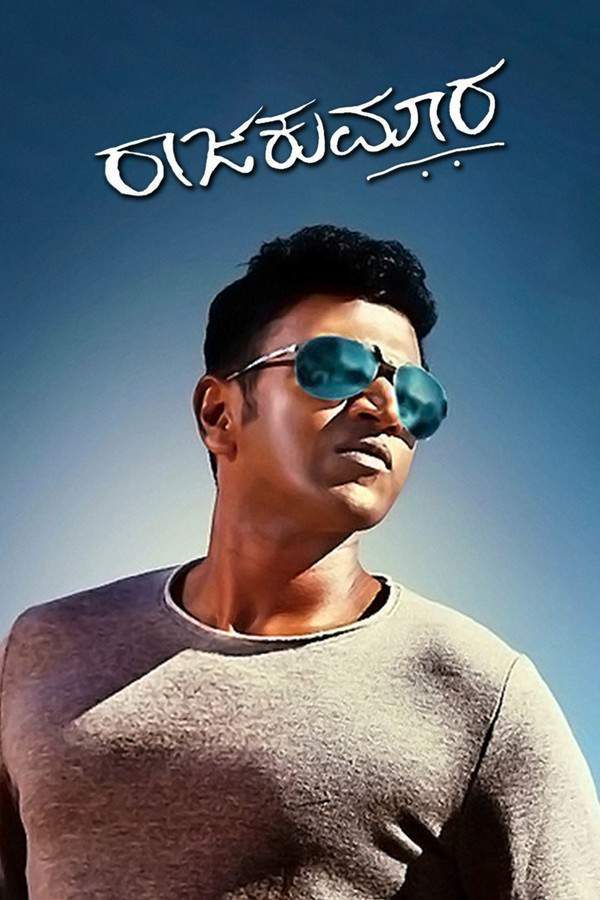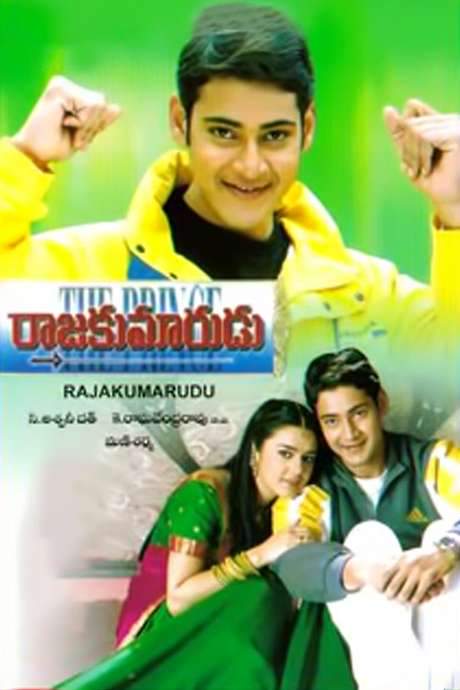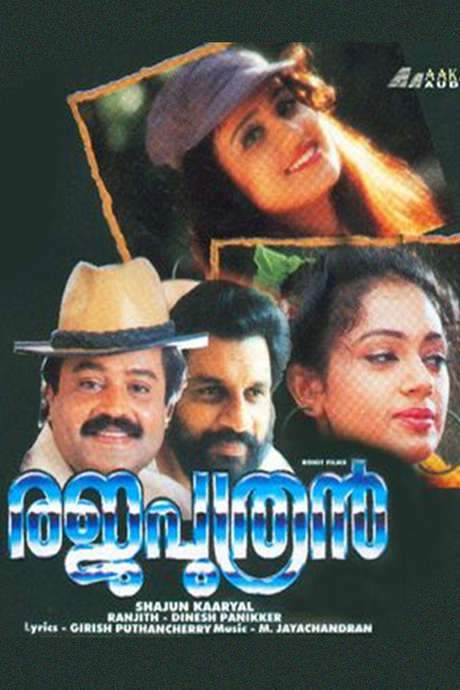Warning: spoilers below!
Haven’t seen Rajaraja Cholan yet? This summary contains major spoilers. Bookmark the page, watch the movie, and come back for the full breakdown. If you're ready, scroll on and relive the story!
Rajaraja Cholan (1973) – Full Plot Summary & Ending Explained
Read the complete plot breakdown of Rajaraja Cholan (1973), including all key story events, major twists, and the ending explained in detail. Discover what really happened—and what it all means.
During the era when the Brihadeswara Temple rises in Thanjavur, a grand procession of power and culture unfolds. The mighty Rajaraja Cholan, embodied on screen by the legendary ruler of the era, visits the temple and is greeted by all—everyone except one sculptor who remains entirely absorbed in his craft. The emperor and his empress then encounter Karuvur Devar, a pivotal minister, and are introduced to Tamizharasi, a gifted poet and playwright whose presence hints at a deeper cultural undercurrent shaping the empire. The tale then pivots to a strategic reveal: Rajaraja discloses that his son, Rajendra Cholan, together with the Chola army, is aiding the Eastern Chalukya king of Vengai Sakthivarman and his brother Vimalathithan in reclaiming their kingdom from Satyasiriyan.
As the Chola army advances toward Satyasiriyan’s palace, they discover Bala Devar bound and claiming he tried to stop the king’s aggression, a claim dismissed by many. Disguised as a soldier, Rajaraja reveals himself and elevates Bala Devar to ministerial status, insisting that he be treated with the same respect as the emperor. The political theater deepens when Bala Devar meets Poongodi from his village and confides his longing to overthrow Rajaraja. The two plot in shadow, with Bala urging Poongodi to remain in the Chola capital as part of their plan.
Back in the capital, Kundavai’s fate becomes a thread of its own. Kundavai is told by Rajendra Cholan that Vimalathithan has brought her a special gift, a moment that foreshadows the delicate balance between love, loyalty, and political maneuvering that threads through the story.
A crucial quest unfolds when Rajaraja, accompanied by his sister and Nambiyandar Nambi, journeys to a temple in Chidambaram in search of ancient scriptures believed to be the works of the saint-poets Sambandar, Appar, and Sundarar. Their discovery—hidden within a chamber protected by golden saints—reaffirms the eternal significance of these works. Rajaraja speaks with reverence about the lasting impact of sacred voices and the moral weight of history, a moment that grounds the film’s political drama in culture and faith.
Bala Devar then manipulates events by bringing Satyasiriyan into his house in the capital through a secret passage, where he faces questioning about the emperor and the potential marriage between his son and Kundavai. In this tense exchange, Rajaraja challenges Vimalathithan for failing to show proper respect, a dispute that Vimalathithan counters with his own defense before warning the emperor not to manipulate his daughter’s affections. Kundavai herself vows that she will not marry anyone who disrespects her father, a vow that intensifies the personal stakes of the political game.
The plot thickens as Vimalathithan encounters Rajendra Cholan and warns him of Bala Devar’s schemes. In response, the emperor excludes Vengi and Vimalathithan from Kundavai’s temple event, a decision that sparks tension and confrontation. Vimalathithan attends the event as a commoner, openly criticizing Kundavai’s dance and provoking Rajaraja’s simmering anger. The rivalries broaden as Vimalathithan cautions the emperor about Bala Devar’s influence, prompting Rajaraja to consider mounting an attack on Vengi. When Rajendra refuses to concede, internal strife within the royal family reaches a boiling point.
The Chola army’s assault on Vengi becomes a crucible of loyalties. Rajendran faces the challenge with resolve, even as Vimalathithan’s reluctance weighs on the outcome. Rajaraja, stepping into the role of a sage, proposes a duel between Rajendran and Vimalathithan; the contest ends with Rajendran’s victory, but the victory is tempered by the political cost. Vimalathithan is imprisoned for speaking out against Bala Devar, a move that sparks public unrest and tests the empire’s resilience. Yet Kundavai’s influence proves decisive as she persuades Rajaraja to release Vimalathithan, on the condition that Vengi makes concessions deemed unacceptable by Bala Devar.
As the dust settles, betrayal, power plays, and personal sacrifice define the era’s course. The plot thickens with a bold deception: Satyasiriyan dispatches his guard Ottran to meet Bala Devar on Pournami day, but Rajaraja captures Ottran, assuming his identity to turn the tide of events. Bala Devar pushes a deadly plan to poison the emperor during a feast, aided by Poongodi. The ruse is thwarted when Rajaraja drinks only milk and fruits, forcing Poongodi to adulterate the milk. To Bala Devar’s astonishment, Rajaraja reveals he anticipated every move and exposes Poongodi’s duplicity, allowing Bala Devar to feign anger at her. Poongodi is released along with other prisoners the next day, and Rajaraja earns praise from allied kings while Vimalathithan is freed.
The climactic threads converge as Vimalathithan seeks the emperor’s daughter’s hand in marriage, provoking further suspicion from Bala Devar. Yet Rajaraja uncovers Poongodi’s true allegiance: she is a spy working for him, aware of Bala Devar’s schemes. With taming wisdom and strategic foresight, Tamizharasi completes her notes, and the two unions—between Rajaraja and Kundavai, and between Vimalathithan and a partner—come to pass, sealing a fragile peace that secures the empire and the families entwined within it. The narrative closes on a solemn note: the empire survives not through brute force alone, but through calculated loyalty, art, and the enduring power of rightful leadership.
Last Updated: October 09, 2025 at 11:02
Unlock the Full Story of Rajaraja Cholan
Don't stop at just watching — explore Rajaraja Cholan in full detail. From the complete plot summary and scene-by-scene timeline to character breakdowns, thematic analysis, and a deep dive into the ending — every page helps you truly understand what Rajaraja Cholan is all about. Plus, discover what's next after the movie.
Rajaraja Cholan Timeline
Track the full timeline of Rajaraja Cholan with every major event arranged chronologically. Perfect for decoding non-linear storytelling, flashbacks, or parallel narratives with a clear scene-by-scene breakdown.

Similar Movies to Rajaraja Cholan
Discover movies like Rajaraja Cholan that share similar genres, themes, and storytelling elements. Whether you’re drawn to the atmosphere, character arcs, or plot structure, these curated recommendations will help you explore more films you’ll love.
Explore More About Movie Rajaraja Cholan
Rajaraja Cholan (1973) Scene-by-Scene Movie Timeline
Rajaraja Cholan (1973) Movie Characters, Themes & Settings
Rajaraja Cholan (1973) Spoiler-Free Summary & Key Flow
Movies Like Rajaraja Cholan – Similar Titles You’ll Enjoy
R... Rajkumar (2013) Full Summary & Key Details
Raajakumara (2017) Ending Explained & Film Insights
Raja the Great (2017) Ending Explained & Film Insights
Raju Chacha (2000) Complete Plot Breakdown
Ramanaa (2002) Plot Summary & Ending Explained
Raja Vikramarka (1990) Full Summary & Key Details
Rajput (1982) Plot Summary & Ending Explained
Kondaveeti Raja (1986) Film Overview & Timeline
Raaj Tilak (1984) Detailed Story Recap
Rajathi Raja (1989) Full Movie Breakdown
Raja Chinna Roja (1989) Movie Recap & Themes
Rajakumarudu (1999) Ending Explained & Film Insights
Sri Krishnadevaraya (1970) Detailed Story Recap
Rajaputhran (1996) Story Summary & Characters
Raaj (2009) Spoiler-Packed Plot Recap


















